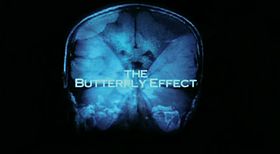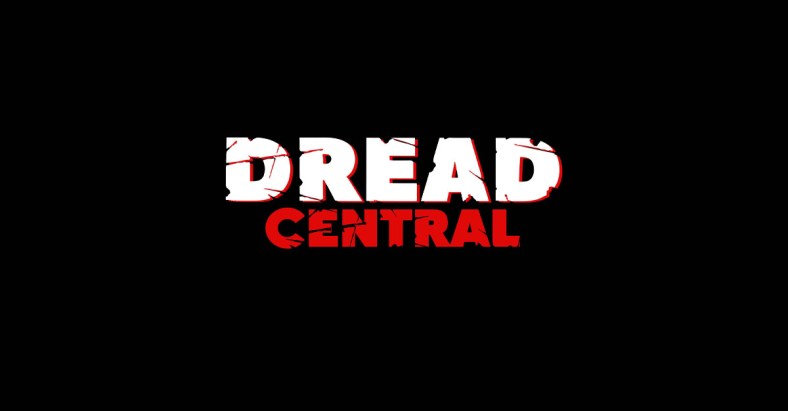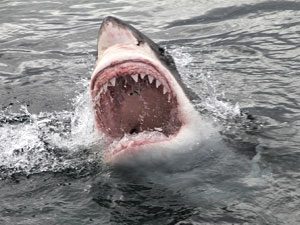The first and foremost sound heard by the audience is a high pitched scream from a young girl. Displaying the genre horror but as well also thriller because the scream is fearful creating suspension in the audience. The scream is non Diagetic suggesting that will be the main focus of the film that the characters are unaware of therefore giving the audience knowledge that the victim is unaware of therefore making the audience worry for the character. The Diagetic sound of the phone ringing make audience on edge as the response would be to want to know who's on the other side. Her voice is calm at first then continues to be more distorted as a result showing her fear as it escalates, this makes gradual changes to the atmosphere intending to make audience on edge. The killers voice is a bit pixelated on the phone making it hard to hear the man on the phone making her reactions almost unpredictable and to create suspense as this is usually a chilling way to set the mood suggesting danger when we hear his voice.
Lighting:
The lighting in the house of the protagonist is 3 point and high key to emphasis the main character and draw attention to her face in particular so the audience can see emotional depth. The 3 point lighting allows us to view her body language in what seems like 3D for audience to empathize with what they see. The lighting is high key on her side and typically low key and dark outside a window on the antagonists side to present light and dark, binary opposites
Costume, hair and make up:
The main protagonist is dressed in a white sweater to portray typical innocence of the victim in the situation. The clothing is suburban to show that victims are unprepared and vulnerable to attack, where as the antagonists is typically wearing a mask and protective clothing to hide identity making the killer more scary than they were in the first place. The make up and hair style used may have been used to give the protagonist a more young look like mousy short hair to match typical victim expectations of the audience. It is also used to create the appearance of sweat symbolizing terror.
Characters:
The characters in this sub genre of thriller are typical because the victim is stereo typically young, female and naive making her an easy target, as she has no skills on how to defend herself, and she relies on her male counterpart who is also captured making her completely helpless, she is emotional in response to this adding to gender stereotypes. On the other hand the killer is typically crafty, intelligent and quick allowing them to play mind games with the victim. The killer is male as we hear on the phone making adhering to gender stereotypes, the killer also sounds like he enjoys her fear on the phone so is typically sadistic and lacks emotional depth opposing the protagonist this uses binary opposites theory
Props:
She plays with a knife symbolizing violence and pain, thinking that it may happen to her. The popcorn in the pan suggests typical night activities as teenagers stereo typically like to watch horror films at night making time of day clear. The phone suggests that the killer is deceiving and sketchy.
Characters:
The characters in this sub genre of thriller are typical because the victim is stereo typically young, female and naive making her an easy target, as she has no skills on how to defend herself, and she relies on her male counterpart who is also captured making her completely helpless, she is emotional in response to this adding to gender stereotypes. On the other hand the killer is typically crafty, intelligent and quick allowing them to play mind games with the victim. The killer is male as we hear on the phone making adhering to gender stereotypes, the killer also sounds like he enjoys her fear on the phone so is typically sadistic and lacks emotional depth opposing the protagonist this uses binary opposites theory
Props:
She plays with a knife symbolizing violence and pain, thinking that it may happen to her. The popcorn in the pan suggests typical night activities as teenagers stereo typically like to watch horror films at night making time of day clear. The phone suggests that the killer is deceiving and sketchy.







 Chiaroscuro is a high contrast between light and dark showing depth and volume to a character for example the hunchback of notre dame:
Chiaroscuro is a high contrast between light and dark showing depth and volume to a character for example the hunchback of notre dame:







